Are AirTags Waterproof? Everything You Should Know
If you’re an Apple fan or just like to keep track of your valuables, you’ve probably thought about using AirTags. These little coin shaped devices are designed to help you find your keys, wallet or even your pet with ease. But as with any electronic device, you might wonder, “Are AirTags waterproof?” Understanding their durability and how they stand up to water is key, especially if you plan on using them in less-than-ideal conditions.
Waterproof vs Water Resistant Devices
When discussing electronic devices, terms like "waterproof" and "water-resistant" are often used interchangeably, but they have different meanings.

Waterproof Devices
A waterproof device is designed to be completely watertight no matter the conditions. These devices can be submerged in water for extended periods without any damage. They’re often used in extreme environments where complete protection from water is required such as deep sea diving equipment.
Water-Resistant Devices
On the other hand, a water-resistant device can withstand some water exposure but only up to a point. These devices can handle splashes, rain, or brief submersion, but prolonged exposure or deep submersion could cause damage. Most consumer electronics, including smartphones and smartwatches, fall into this category.
Why These Distinctions Matter for Tracking Devices

Understanding whether a device is waterproof or water-resistant is especially important for tracking devices like AirTags. These small gadgets are attached to items that could be exposed to water, like keys that might get left out in the rain or bags that might get splashed at the pool. Knowing the water resistance limits can help you avoid situations where your AirTag might get damaged.
Are Apple AirTags Waterproof?

Now that we know the difference between waterproof and water-resistant let’s get to the main question: are AirTags waterproof?
According to Apple, AirTags are water resistant to some extent. Specifically, Airtags have an IP67 rating, which means they can be submerged in water up to 1 meter (about 3.3 feet) deep for up to thirty minutes. This highly water resistant rating ensures AirTags can handle most everyday water exposure without any significant risk of damage.
The IP67 rating means AirTags are splash, water, and dust resistant. They’re good for outdoor use in light rain or near a pool. However, they’re not designed for prolonged submersion or high-pressure water exposure, so it’s best to keep them out of situations where they might be underwater for extended periods.
What Is Their IP Rating?
To fully understand what the IP67 rating means, let's break down the concept of IP ratings.
What Is an IP Rating?
IP stands for “Ingress Protection,” and it’s a standardized rating system that means how well a device is protected from dust and water. The rating consists of two digits: the first digit refers to protection against solids (dust), and the second digit refers to protection against liquids (water).
Breaking Down IP67 Rating

- First Digit (6): The “6” means the AirTag is completely dust proof, no dust can enter the device and cause damage.
- Second Digit (7): The “7” signifies the AirTag’s water resistance rating. This indicates that it can handle being submerged in water up to 1 meter deep for as long as 30 minutes without incurring any damage.
This IP67 rating is the same as many modern smartphones, indicating a high level of resistance to environmental factors, though not completely waterproof.
Below is an IP ratings chart for your reference:

Can You Swim With an AirTag?

With the IP67 rating, you might wonder if you can swim with an AirTag. AirTags are not designed for swimming or any prolonged submersion in water. While they can survive an accidental drop into water or brief exposure, they’re not meant for swimming, diving, or even extended use in the shower. If you plan to use an Airtag near water, you need to be aware of the conditions.
The IP67 rating doesn’t account for high-pressure water exposure like diving into deep water or the force of a strong waterfall. Additionally, the water resistance may degrade over time, especially if the device is exposed to wear and tear, extreme temperatures, or if the seals are compromised.
What Happens if Your AirTag Gets Wet
Accidents happen, and sometimes your AirTag might get wetter than intended. If an AirTag gets wet but within the conditions of its IP67 rating, it should continue to work without any immediate issues. However, you might notice a temporary decrease in signal strength if the AirTag is underwater, as water can interfere with wireless signals.
Repeated exposure to water, especially beyond the device’s rated limits, can cause corrosion of internal components, weakened seals, and eventual failure of the device. Even if the AirTag seems to be working fine after getting wet, it’s best to monitor it for any signs of reduced performance over time.
How to Dry Apple AirTags

If you've lived through the early 2000s, you've probably tried the oldest trick in the book of burying the device in a jar of uncooked rice. However, there hasn't been any solid proof of its effectiveness. So, if your AirTag gets wet, drying it properly is crucial to prevent damage. Here’s how you can do it:
-
Gently Wipe the Exterior: Use a soft, lint-free cloth to wipe away any visible water from the surface of the AirTag.
-
Open the AirTag: Hold the AirTag with the Apple logo facing up, then twist the battery cover counter-clockwise to open it.
-
Remove the Battery: Carefully remove the battery from the AirTag and set it aside.
-
Inspect for Moisture: Check the interior of the AirTag for any signs of moisture. If you see any, gently wipe it away with the cloth. You can also use silica packs to suck out any excess moisture.
-
Air Dry: Leave the Airtag open in a dry, well-ventilated area for a few hours to let all the moisture evaporate. Avoid using heat sources like hair dryers, as excessive heat can damage the device.
-
Reassemble: Once dry, place the battery back in, close the cover by twisting it clockwise, and test the AirTag to make sure it’s working fine.
How to Make an Airtag Waterproof
AirTags have a decent level of water and dust resistance, but you might want to add extra protection, especially if they are exposed to wet environments regularly.
One of the simplest ways to add an extra layer of protection is by using a waterproof case designed for AirTags. Waterproof cases can seal the device in a protective shell that can withstand deeper water or longer exposure times. These can also protect AirTags from normal wear and tear.
If you want to fully waterproof your Apple AirTag, you can take a more extreme measure by applying a waterproof sealant. You can apply a thin layer around the seams of the AirTag. Be careful with this method as it might void any warranty or affect the AirTag’s performance if not done correctly.
If you're looking for accessories for your other Apple products including cases for your AirTag, check out Wasserstein's Apple Collection.


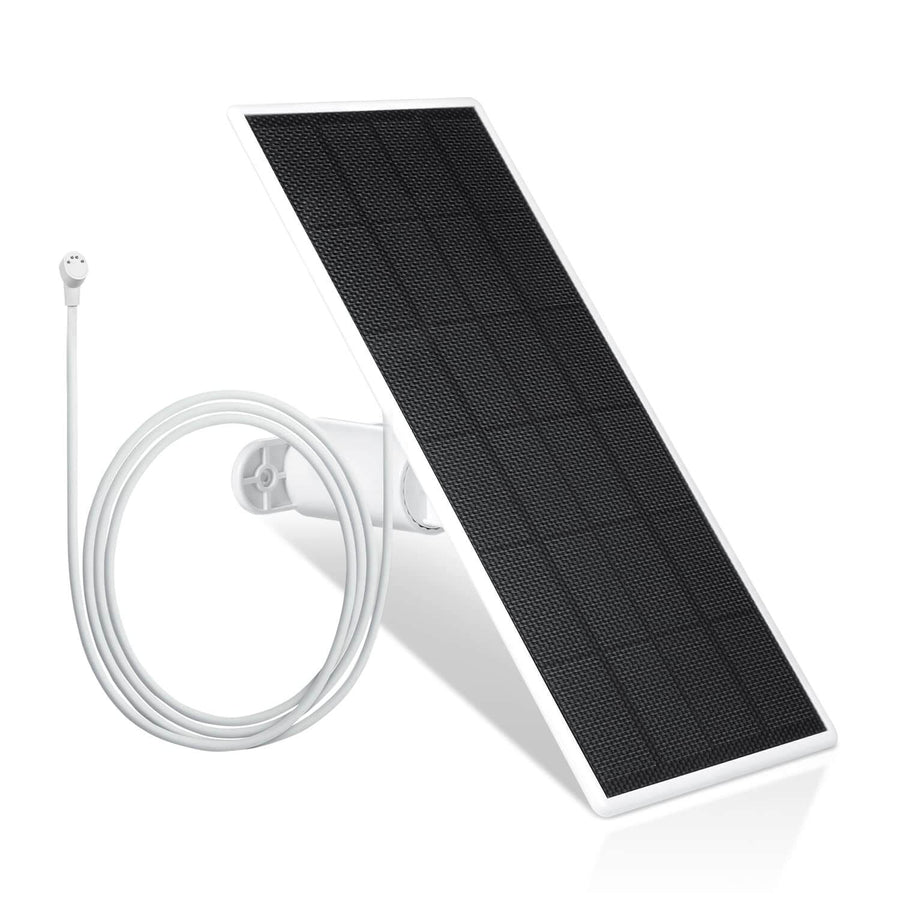
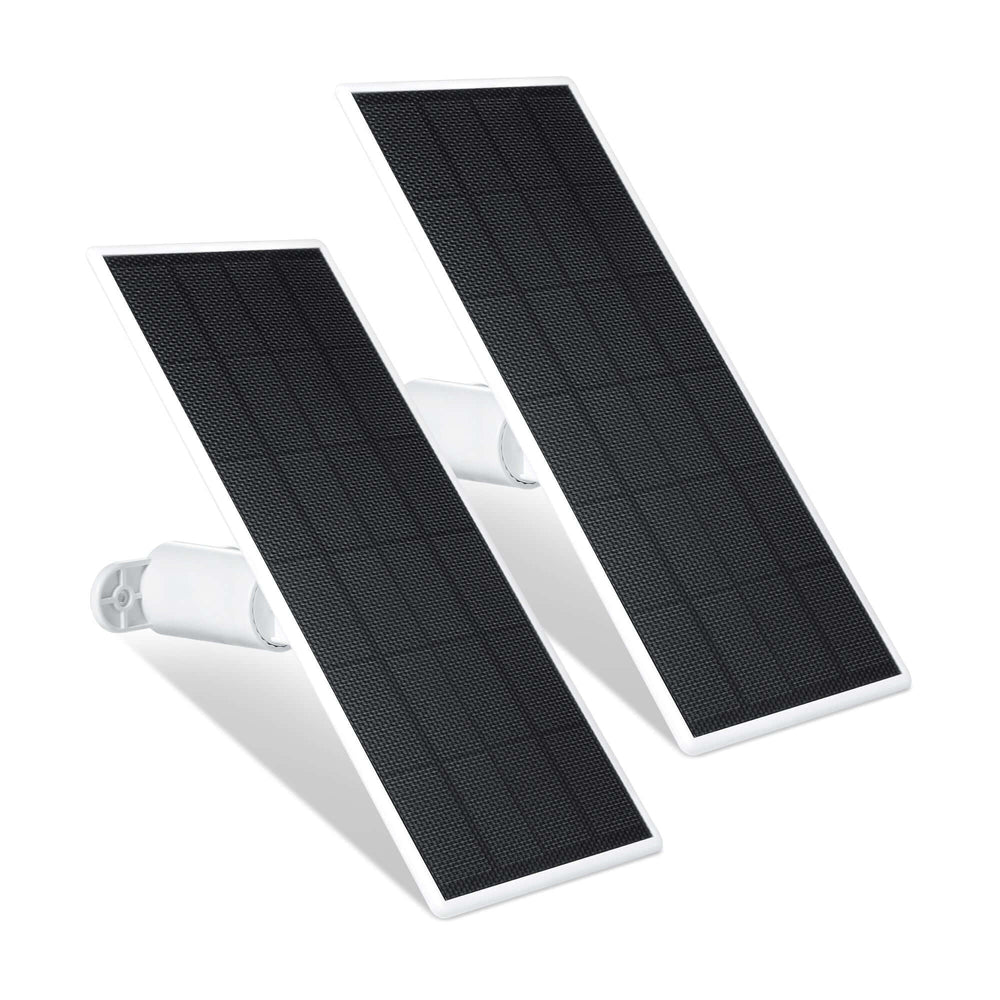
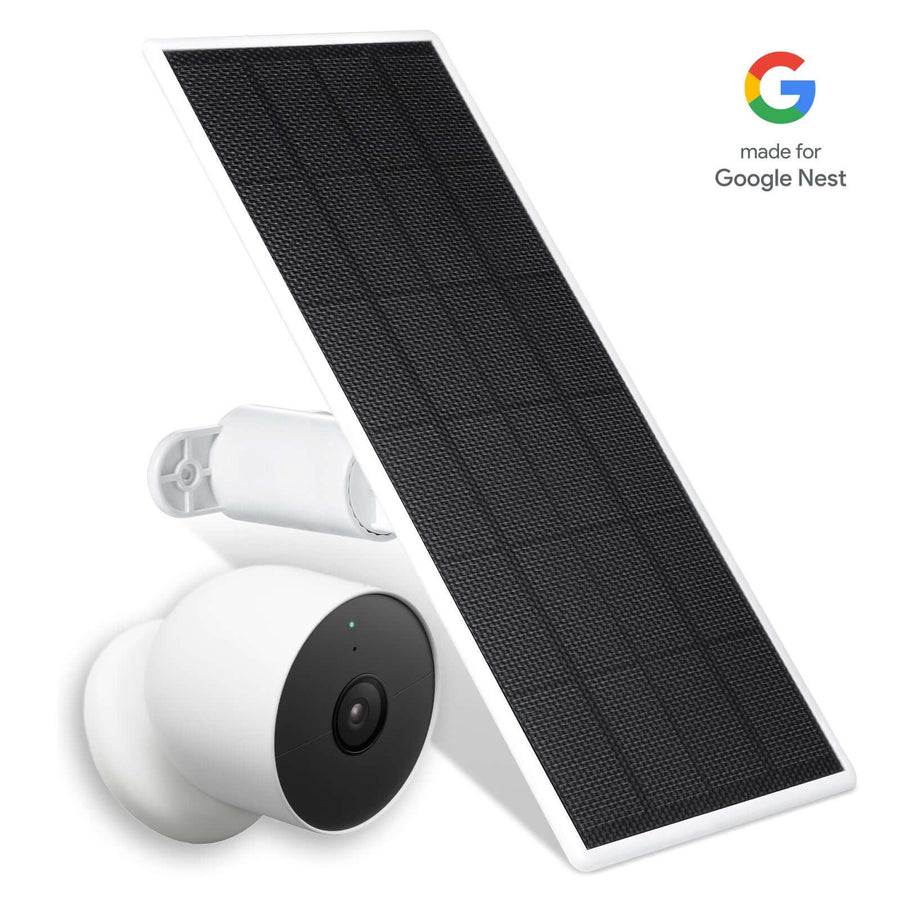
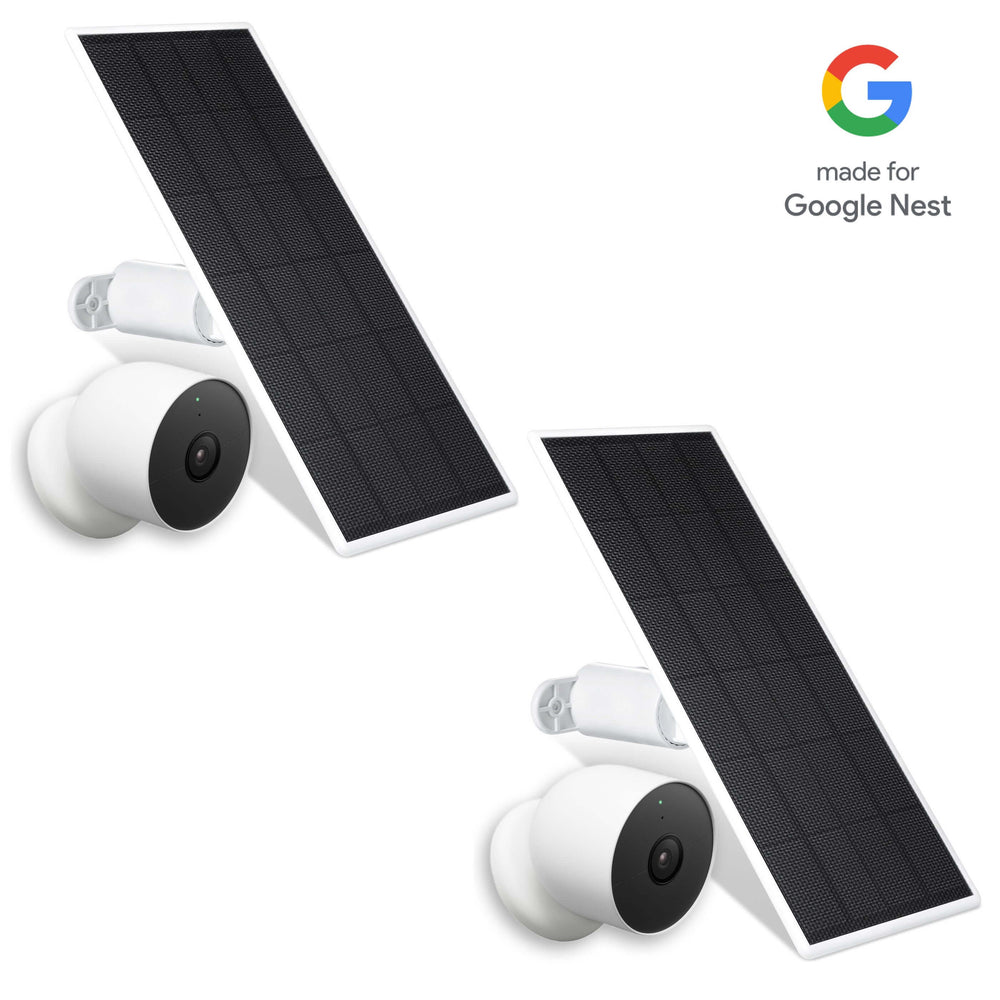
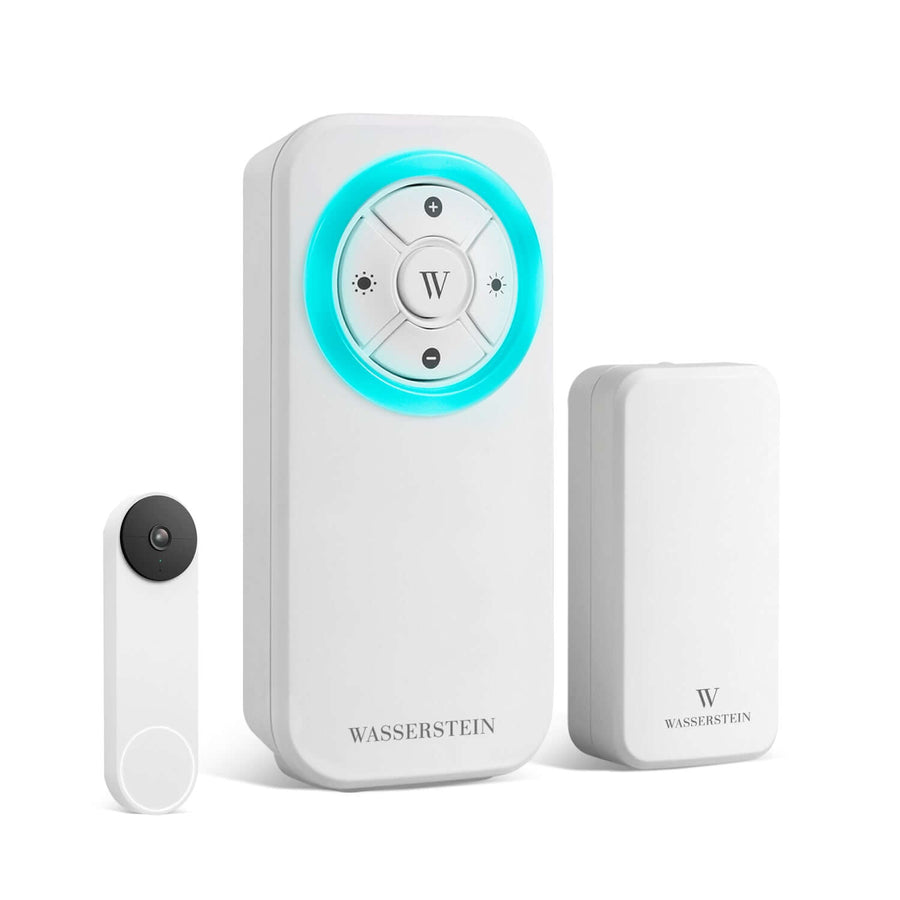

Leave a comment